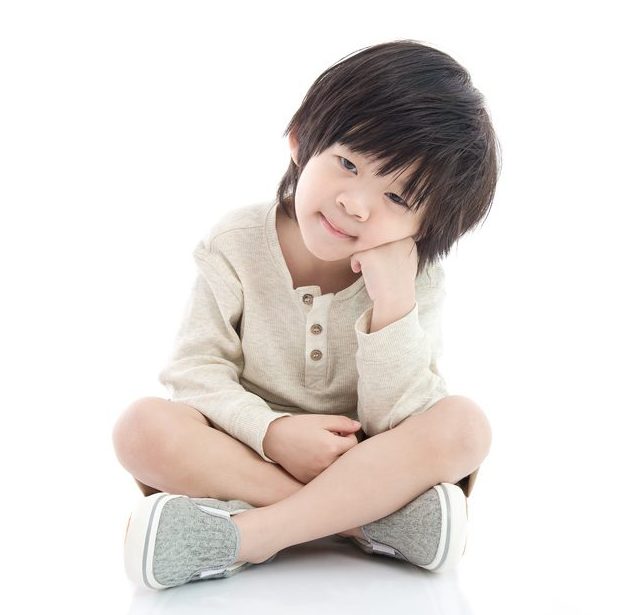Childhood Eye Conditions
Myopia
Myopia is a highly prevalent eye condition in Singapore, affecting a large majority of school age children in Singapore. The causes of myopia have been studied widely and factors such as prolonged near work and heredity might increase one’s risk of developing myopia. Studies show that parents who are myopic are much more prone to have children who become myopic too.
Control of myopia progression is a concern that many parents have, failing which some children may develop high myopia, which is associated with higher risks of eye diseases such as retina tears and detachments, glaucoma, maculopathy and even cataracts.

Treatment for Myopia
If the myopia is progressively becoming worse, interventional measure such as atropine drops may be prescribed to slow down the progression. Based on comparative studies with school children from Singapore and Australia, the use of atropine eye drops has shown to be effective in stabilising myopia progression.
The treatment concentration used to be 1% atropine but this led to markedly enlarged pupils, causing glare and reading difficulties. More recent studies have proven that 0.01% concentration of atropine is comparable in effectiveness and produces much less pupil enlargement, therefore reducing side effects. If the myopia still progresses rapidly, a higher dose may be discussed.
Prevention and management of myopia is key. Good eye care habits like ensuring appropriate distance when doing near work, taking frequent breaks away from the computer and mobile phone, and going outdoor for activities should be cultivated and encouraged.
Astigmatism (“San Guang”)
Astigmatism is a result of an irregular-shaped cornea or curvature of the lens. It causes blurred vision at any distance and can occur with myopia or hyperopia.
Children with astigmatism would experience symptoms like not being able to see clearly, things looking distorted but they may not be aware although it might start to affect their performance in school. Regular eye checks would be useful to understand your child’s eye condition.
Treatment for Astigmatism
The treatment for childhood astigmatism is prescriptive spectacles. Upon reaching 21 years old, he/she could consider laser vision correction to reduce the dependency on spectacles.
Amblyopia (Lazy Eye)

Amblyopia is typically caused by visual developmental issues in the brain. When the parts of the brain that receive signals from the eye do not function properly, vision problems may occur and amblyopia is one of the more prevalent condition that can affect children up to 8 years old.
The causes of amblyopia include high refractive errors (ie. myopia, hyperopia, astigmatism), constant strabismus (or commonly known as a squint where one eye looks directly at an object while the other eye appears to look elsewhere), droopy eyelids, as well as childhood cataracts. If you notice your child with a squint or misaligned eye, consult an eye specialist immediately to get a detailed eye examination.
Amblyopia should be diagnosed and treated as early as possible to prevent any loss of vision. If left untreated after a certain age, the effects may become permanent.
Treatment for Amblyopia
Treatment might involve patching the good eye for a few hours per day to encourage the child to use the lazy eye. This could take weeks to months. This also helps to fully develop the parts of the brain involved in vision. The daily patching time will be determined and advised by the doctor.
Children Eye Screening

LSC Eye Clinic offers eye screenings for children to detect these childhood eye conditions. Early diagnosis can lead to prompt intervention and care to prevent these conditions from progressing too rapidly.



